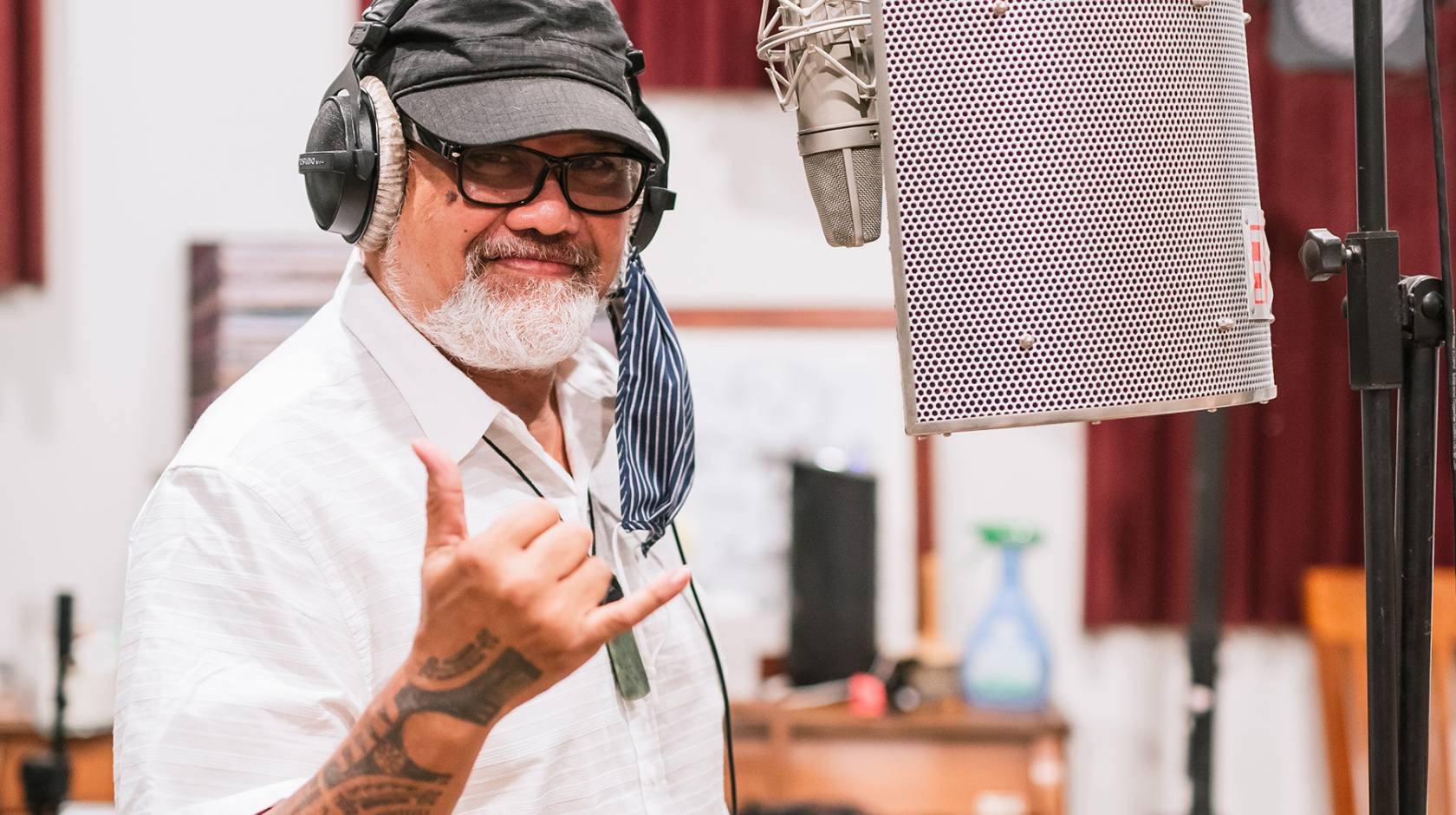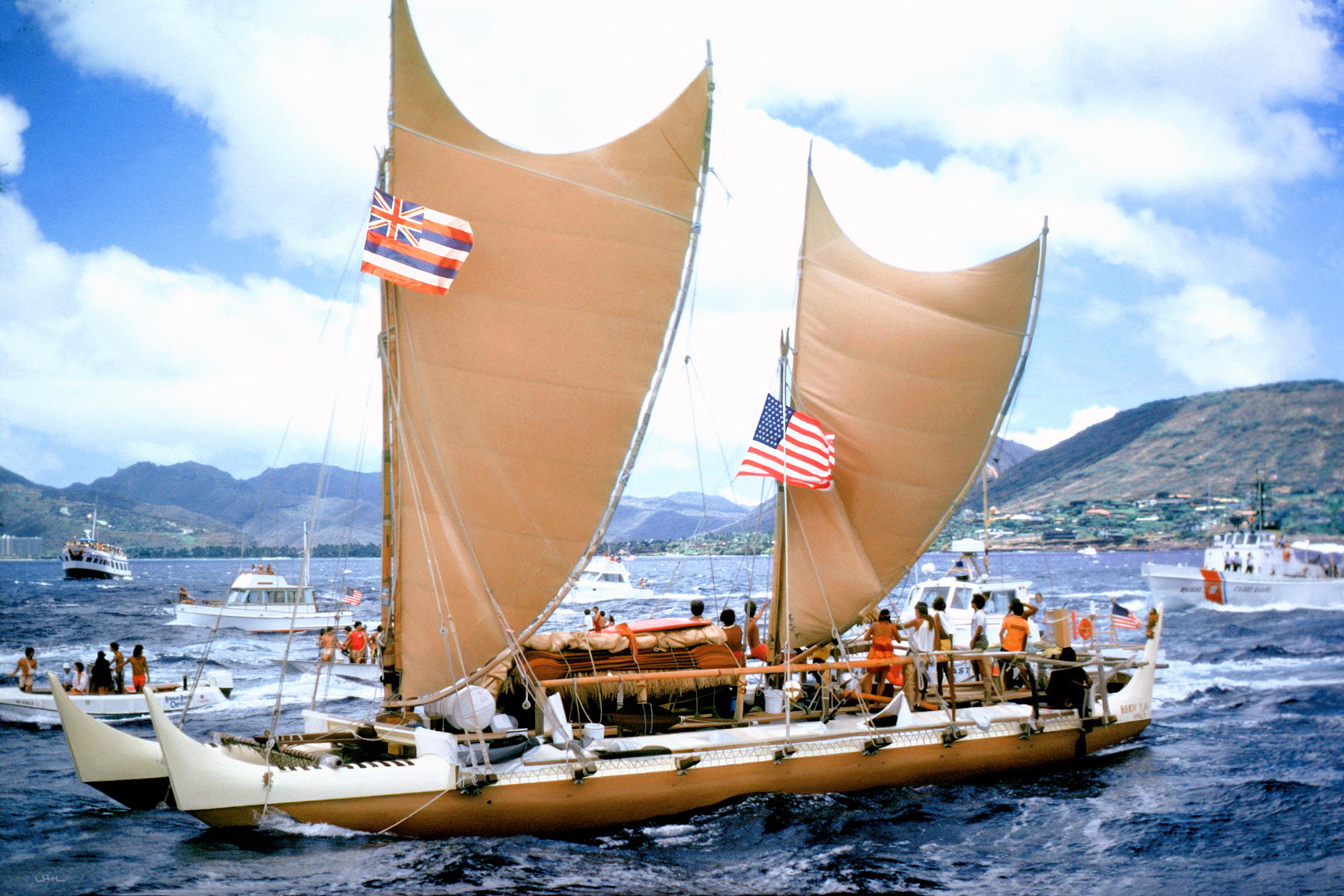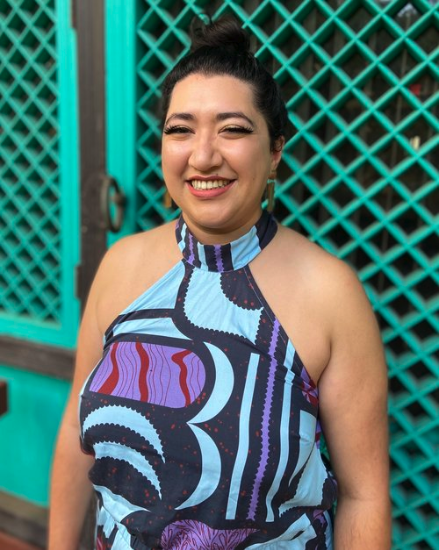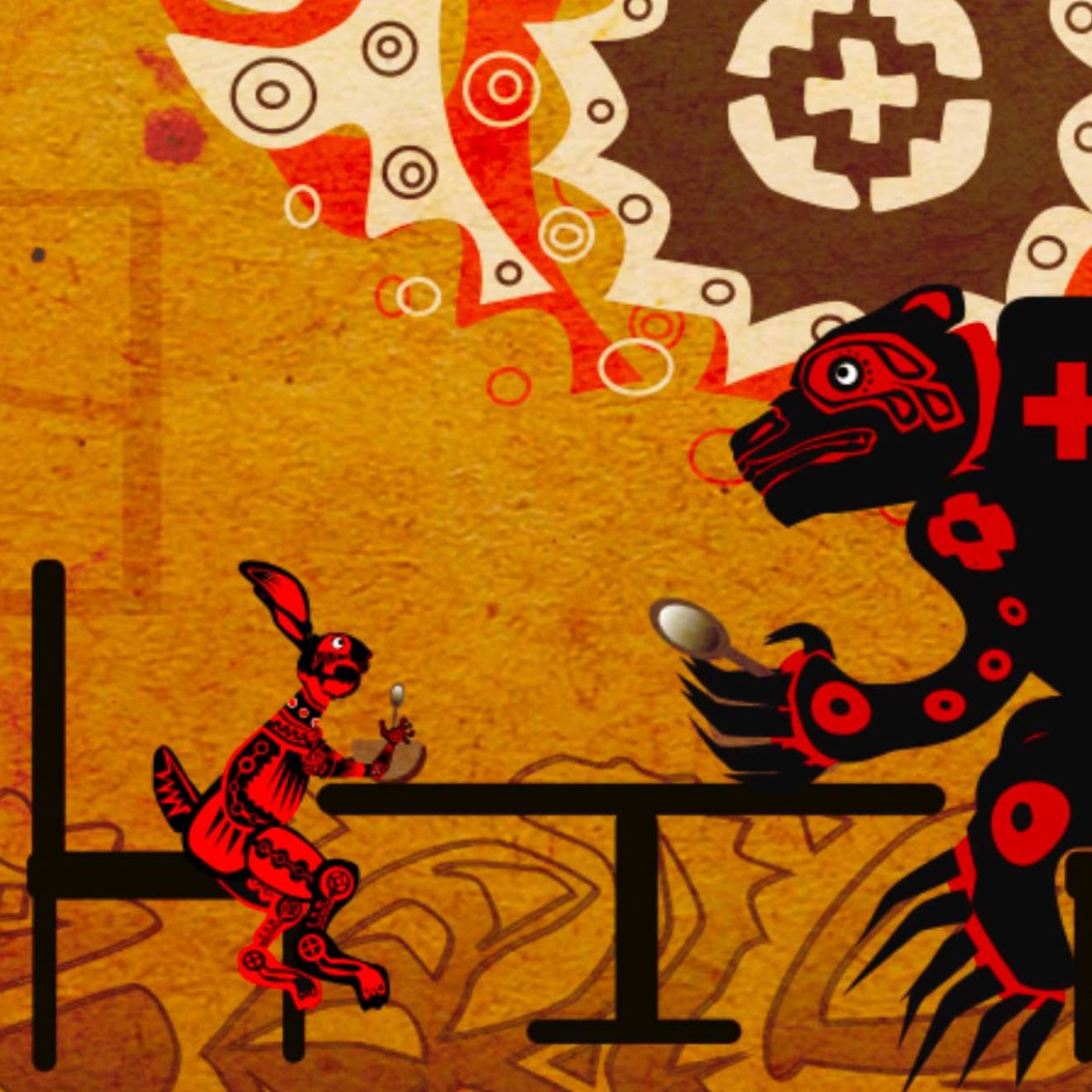Julia Busiek, UC Newsroom

Sunaina Keonaona Kale grew up in California, loving Hawaiian music.
Years before she earned her Ph.D. in ethnomusicology from UC Santa Barbara, Kale convinced her mom to buy her the complete discography of the legendary artist Israel Kamakawiwo‘ole, and played it on repeat for much of her teens, alongside records from other Hawaiian artists like the Brothers Cazimero, Hui Ohana and Dennis Kamakahi.
Kale’s mom is Kanaka Maoli (
How did reggae, with its close ties to the struggle for Afro-Jamaican freedom from colonialism in the mid-20th century, get so big in Hawai‘i? The question animated Kale’s Ph.D. research, and it remains central to her work as a postdoc at UC Davis, where she’s a UC President’s Postdoctoral Fellow.
We caught up with Kale to learn more about her research, and how Kanaka Maoli people’s embrace of reggae offers insights for
University of California: Has reggae been universally embraced and celebrated in Hawai‘i?
Sunaina Kale: There's a long history of well-known reggae musicians coming to Hawai‘i and being supported by the Kanaka Maoli community and the local community more broadly. It's been consistent enough that I think that we can't just explain it by artists knowing they’ll make money here. There’s a deeper relationship of
As reggae got more popular in Hawai‘i, a backlash began. One motivating factor was that Kanaka Maoli people were concerned that young musicians were turning their backs on their culture. It's an understandable reaction: This wasn’t too long after the Hawaiian Renaissance of the 1970s, a revitalization of Kanaka Maoli culture, including language, hula, chants — cultural forms that had been driven underground during colonization. It probably was frustrating for people who lived through that, who think, great, we’ve got our culture back — but now our young people are focusing on something else, and it doesn’t sound traditionally Hawaiian. Ethnomusicologist Keola Donaghy clued me into this.

Reggae also served a different purpose from other forms of Hawaiian music. Older, more traditional forms of Hawaiian music, like chants, can actually do things in the world. For example, you might give a chant to ask permission to enter a forest to go foraging for plants. Reggae doesn't fulfill any of those functions. It’s dance music, but not like hula is dance music, with a ceremonial purpose. I call reggae “leisure dance” music in my work, following ethnomusicologist Jay Junker.
UC: What are the origins of reggae?
SK: Reggae emerged in Jamaica in the 1950s, when Jamaicans who’d traveled to the U.S. South to work on sugar cane plantations came back home and brought American R&B records with them. Back in Kingston, someone would set a table up with speakers and play records. People would come out and dance and listen to music together in the street. This is the beginning of what came to be called sound system culture.
The early 1960s, as Jamaica was becoming independent from Britain, was a time of intense political turmoil, particularly in Kingston. Reggae emerged out of that political situation, particularly from poor Afro-Jamaican people.

UC Presidential Postdoctoral Fellow Sunaina Kale
UC: How do musicologists characterize reggae?
SK: Reggae encompasses a few different genres. The earliest form to emerge was
As time went on, increasingly more musicians started to get influenced by Rastafari religion, the politics of which are explicitly about Black liberation, decolonization and repatriating to Africa. That influence eventually gave rise to roots reggae, which is the sound that a lot of non-Jamaicans most associate with the Jamaican music. But music kept evolving in Jamaica, of course. Today the most popular form is dancehall. If you know songs by Shaggy and Sean Paul, that’s dancehall.
UC: What are some sonic hallmarks of roots reggae?
SK: The bass line is quite melodic compared to a lot of Western music. And on drums, in a lot of rock music, the first beat of a measure is emphasized. But in roots reggae, beat one is deemphasized and beat three is emphasized, so you hear that characteristic drumbeat, the “one-drop.”
Another characteristic is called the bubble, which is chords played on a keyboard that emphasize that one-drop beat. And on guitar, you hear what’s called the skank, which is that “dink-a, dink-a, dink-a, dink-a” stroke or double-stroke emphasis on beats two and four.
UC: How has reggae evolved in Hawai‘i?
SK: There’s a word in the Hawaiian language, nahenahe, which means “sweet sounding.” I'm following Kanaka Maoli ethnomusicologist Kevin Fellezs's work here. Nahenahe is often used to describe Hawaiian music, and I think that’s carried over into island reggae. A lot of Jamaican roots reggae often has a sound that you could describe as spare or open. The sound has empty space. In island reggae, that’s not the case. It feels to me like Hawaiian musicians took roots reggae and shaped it, gave it a fuller sound, a denser and a smoother feel, with less percussion. There’s also a lot more American R&B and pop influence.
UC: Do you agree with the characterization that reggae doesn’t fulfill some broader purpose akin to Hawaiian chants?
SK: We kind of have this idea that reggae is protest music, and that is correct: Jamaican artists are often obvious in their lyrics about Rastafari and Black liberation politics. But sometimes they also just write songs about love. Take Bob Marley: some of his songs are quite political, like “War” or “Crazy Baldhead.” But he also wrote “Waiting in Vain,” which is actually my favorite song by him. Or something in between, like “Three Little Birds.” At first you think it’s just this gentle love song, but it also sneaks in a message about colonization.
UC: Does reggae performed by Kanaka Maoli musicians tend to have a political edge?
SK: Hawaiian reggae artists sometimes do write explicitly political songs, about issues like Hawaiian sovereignty. But in general, island reggae does tend to swing more towards partying, pleasure, and coming together, or specific experiences that Kanaka Maoli people would relate to. So it’s songs about love, partying, going to the beach, or surfing. Some songs are just lists of specifically Hawaiian food. I mean, coming together in community is a political act in some ways, but not necessarily explicitly or intentionally.
UC: Why has reggae found a home in Hawai‘i?
SK: They might not have many overt stylistic similarities, but I do think reggae fits into Hawaiian cultural ideas about what music is. The nahenahe “sweet sounding” aesthetic is one reason. I think reggae is nahenahe.
UC: What kind of change do you hope your work can make?
SK: I want new ways to think about cultural mixture. When we talk about the music of marginalized people, often we talk about it in terms of authenticity. So as an Indigenous person studying Indigenous music, I’ve seen how Indigenous people are not allowed to be in the present, in modernity. The culture that counts as “real” Indigenous culture often is traditional culture, right? And if it's newer culture, then it's not “real” Indigenous culture, like how reggae is often not considered real Hawaiian music, even if it’s made by Kanaka Maoli artists.
I’m trying to show how there is a distinctly Kanaka Maoli route to this music, and how reggae is just one recent addition to a much longer history of Hawaiian music that is constantly incorporating all kinds of global forms.
UC: How do mainstream ideas about authenticity and tradition affect Indigenous people?
SK: These ideas don't really come from Indigenous people originally. They're colonial discourses that are meant to keep us in the past. In general, there's the pervasive understanding that Indigenous people in the United States have vanished. Getting rid of Indigenous people, or keeping them alive as images, but not as real people, works to legitimize the United States as a nation.
Perpetuating this discourse of authenticity just keeps us locked in the past and it doesn't allow us to "insist," in the words of Kanaka Maoli ethnomusicology Amy Ku‘uleialoha Stillman, on living as our free and sovereign selves.

